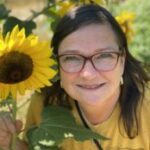 by Priscilla Robinson
by Priscilla Robinson
Who doesn’t like to celebrate a big birthday? As we mark the centennial year of the National Park Service (NPS) on August 25, we as teachers can hook our students’ curiosity with the extensive network of America’s scenic spaces, indigenous wildlife, and natural resources. If ever there was a year for a solid and diverse learning theme, this is it! Keep the parties going as teachable moments—this is the best time for teachers to nurture lifelong learners and wards of the Earth.
Clearly you can see I love national parks. These wild places have been a lifelong passion of discovery as well an endless tool belt for my classrooms, K-12!
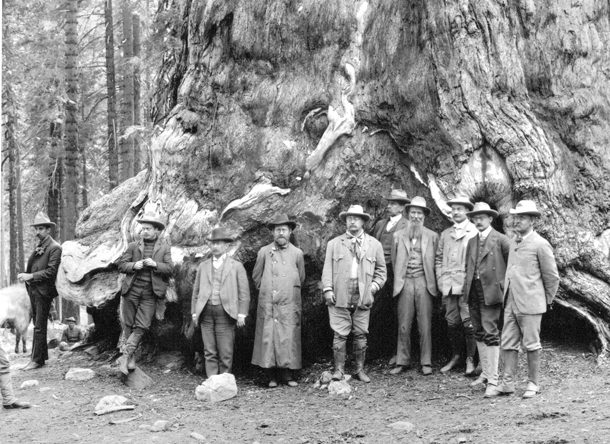 I’m happy to say I stand with good company. John Muir made conservation a national priority. He sowed the seeds for his mission and became allies with Theodore Roosevelt, giving Muir critical political support for parks in Washington. Photographer Ansel Adams and filmmaker Ken Burns have captured the hearts of people worldwide with photographs and volumes of NPS stories told without a word spoken. Lessons on Earth science, biology, chemistry, and physics are richly supported with the interesting resources embedded in our untamed spaces. Thanks to those who came before us, visiting America’s national parks is one of our nation’s greatest privileges and pleasures.
I’m happy to say I stand with good company. John Muir made conservation a national priority. He sowed the seeds for his mission and became allies with Theodore Roosevelt, giving Muir critical political support for parks in Washington. Photographer Ansel Adams and filmmaker Ken Burns have captured the hearts of people worldwide with photographs and volumes of NPS stories told without a word spoken. Lessons on Earth science, biology, chemistry, and physics are richly supported with the interesting resources embedded in our untamed spaces. Thanks to those who came before us, visiting America’s national parks is one of our nation’s greatest privileges and pleasures.
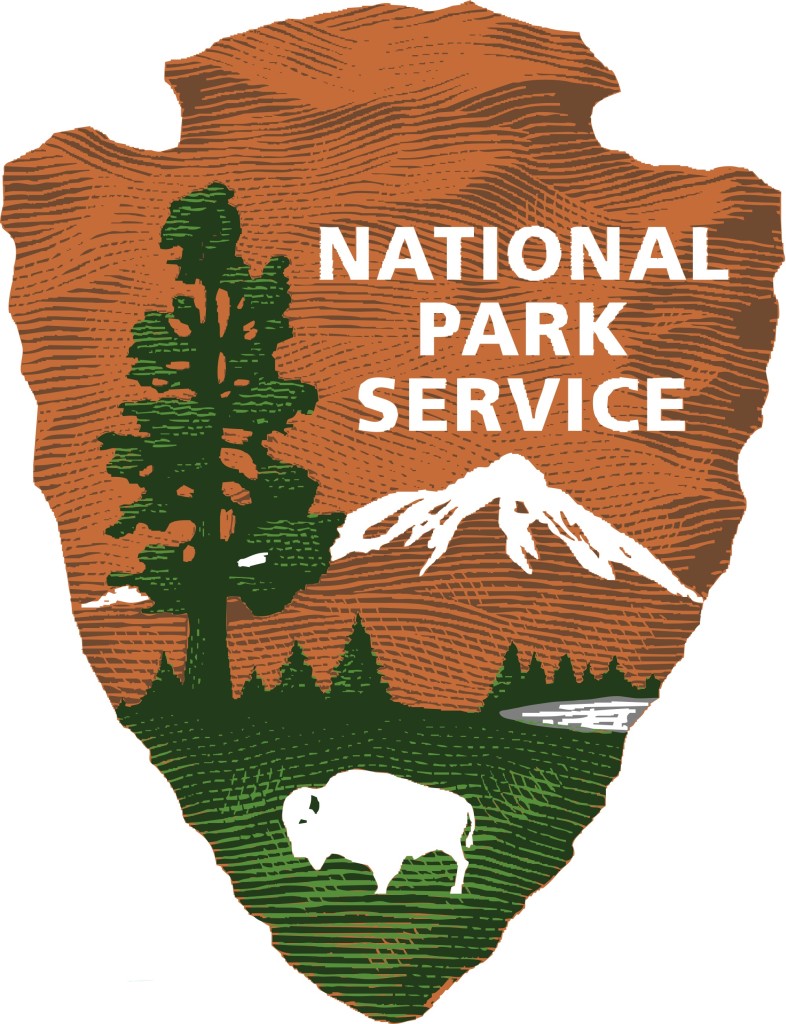 The founding director of the NPS was Stephen Mather, whose long efforts to create a Federal agency to preserve America’s awesome beauty and irreplaceable natural and historic treasures were crowned with success on August 25, 1916. On that day, President Woodrow Wilson signed into law the historic act that created the National Park Service as a branch of U.S. Department of the Interior. However, the establishment of the NPS did not actually create the first official national park. Yellowstone National Park was established in 1872 and several other national parks, including Yosemite, Mount Rainier, Crater Lake, Glacier and others were founded before 1916.
The founding director of the NPS was Stephen Mather, whose long efforts to create a Federal agency to preserve America’s awesome beauty and irreplaceable natural and historic treasures were crowned with success on August 25, 1916. On that day, President Woodrow Wilson signed into law the historic act that created the National Park Service as a branch of U.S. Department of the Interior. However, the establishment of the NPS did not actually create the first official national park. Yellowstone National Park was established in 1872 and several other national parks, including Yosemite, Mount Rainier, Crater Lake, Glacier and others were founded before 1916.
Today the National Park Service protects 59 national parks that range from American Samoa in the South Pacific to Denali in the soaring mountain in central Alaska, to the Dry Tortugas Island of the Florida Keys—as well as hundreds of monuments, memorials, national historical parks and other spaces of unparalleled value to Americans. These are epic testaments to our country.
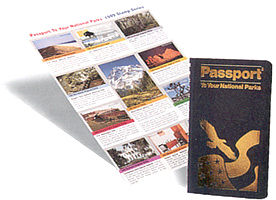 On my trips to these parks, I find that a stop at the visitor center, conversations with park rangers, and a thorough scouring of the park’s “Visitor Guide” help me navigate and use my time wisely. My travels across this nation and to the many landmarks protected under the NPS have been well documented with my National Park Passport. At each national attraction, there is a cancellation stamp—similar to that on a postal letter—which commemorates the date and place of your visit. So far, I have hundreds of stamps, including 24 from national parks. Each visit, whether a brief afternoon check-in or a week-long camping trip, embeds a collage of images, information, and intents that I bring back to my students. This hodgepodge of experiences enhances and deepens my standards-based science instruction and supports NGSS.
On my trips to these parks, I find that a stop at the visitor center, conversations with park rangers, and a thorough scouring of the park’s “Visitor Guide” help me navigate and use my time wisely. My travels across this nation and to the many landmarks protected under the NPS have been well documented with my National Park Passport. At each national attraction, there is a cancellation stamp—similar to that on a postal letter—which commemorates the date and place of your visit. So far, I have hundreds of stamps, including 24 from national parks. Each visit, whether a brief afternoon check-in or a week-long camping trip, embeds a collage of images, information, and intents that I bring back to my students. This hodgepodge of experiences enhances and deepens my standards-based science instruction and supports NGSS.
Technology is changing the way we experience parks. Websites such as www.NPS.gov and www.nationalparks.org offer a wealth of information for planning and researching parks. There is even a website dedicated to teachers and lesson plans based on the national parks, aptly billed as “America’s largest classrooms.” Check it out here: www.nps.gov/teachers/index.htm.
Alright! I’m a genuine NPS geek. Did I mention that my favorite app for my phone is “Oh, Ranger?” During this celebratory year, I encourage you to take time for yourself and your classroom to survey a park. Let’s get this party started!
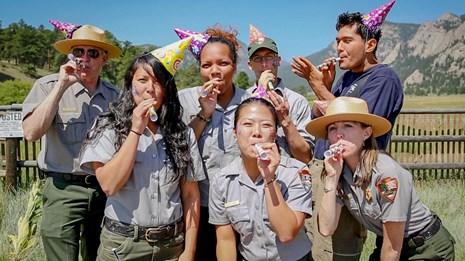
This is a wonderful article that really shows how so many big names have been greatly influenced by these beautiful parks! John Muir and Theodore Roosevelt are conservationist that everyone will recognize and connect with the NPS, but not many people realize the impact that these others have had. Ansel Adams and Ken Burns hugely influenced the media to help preserve these park and many do not know who they are. Most people if asked; “Who started the NPS?” would answer “John Muir” or “Teddy Roosevelt”. Many would not know that Stephen Mather build public and political support for the parks which helped persuade Congress to create the National Park Service. Many would not even know how Stephen Mather is. I love how this article brings up these amazing facts that most people would never know. Even I, who have worked for the park service and done much conservation and restoration with them in scouting and work was amazed to learn that there were National Parks before the NPS was founded. What a fabulous way to show that as long as the NPS and National Parks are around, they will always have a memorable influence on people.
What a treat to find this gem of an article while wading through accumulations of e-mails. It’s truly heartwarming to be reminded of this precious gift of nature that we have been given. And, it is inspirational as well… encouraging us to take good care of it and to pass it on to those who come after us.